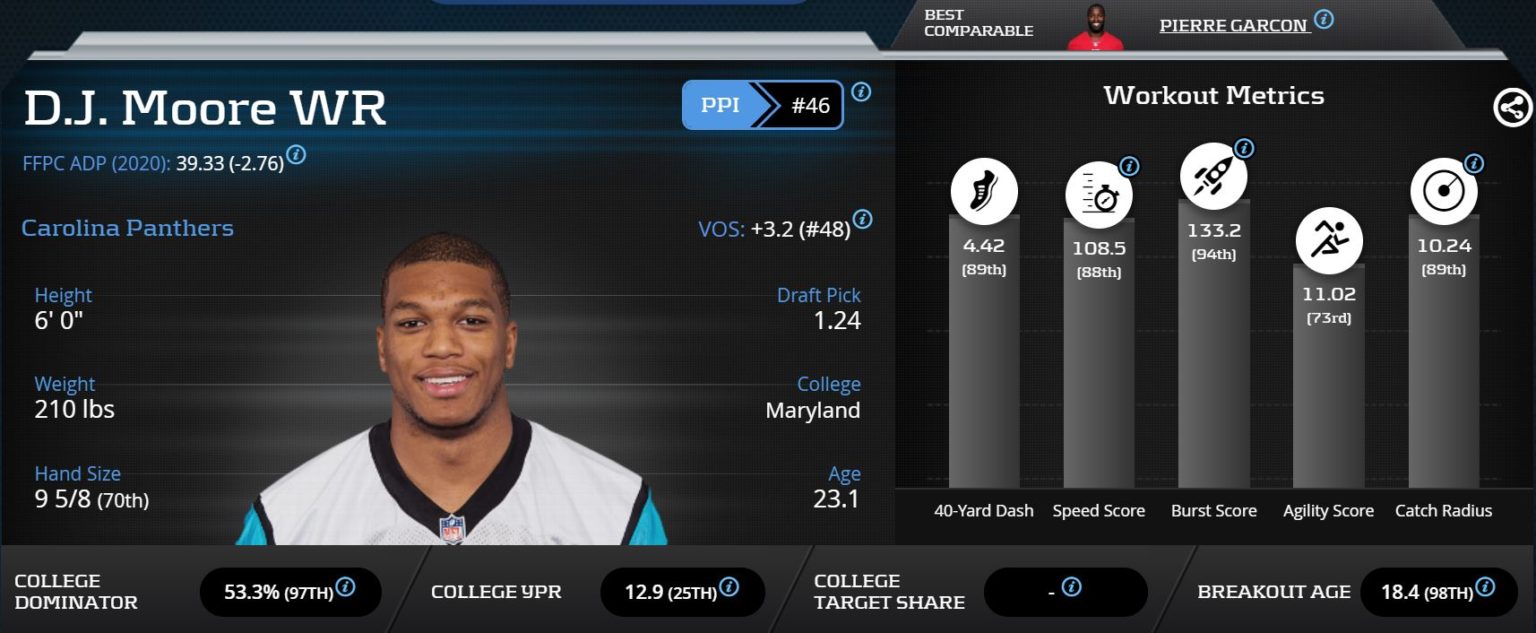


In other words, it took ceiling outcomes for those guys to stick in the top ten given their lack of rushing. Of the quarterbacks that finished one through ten in fantasy scoring for Weeks 1 to 16 in 2020, only Aaron Rodgers and Tom Brady failed to eclipse 200 rushing yards, making up for it by throwing for 44 and 36 touchdowns respectively and over 4000 yards apiece, while each one also adding three touchdowns on the ground. This one looks to already be trending a bit in single quarterback formats as well, but capturing significant rushing upside with at least one of your quarterbacks in superflex leagues is nearly a must for 2021. While week-to-week swings in outputs are often far more helpful in fantasy analysis, we can pretty easily explain the uphill climb of waiting on your quarterbacks in superflex drafts by using some rough numbers and weekly averages.

Trust me when I tell you the math doesn’t work. As the early rounds click by, they become even more convinced of the viability of their methodology because after all, they’re building a juggernaut at the other positions while everyone else is chasing league-average quarterbacks. Often it’s someone who has had success deploying that approach in single quarterback leagues in the past but is still relatively new to the superflex format. Inevitably, you will run across a manager who seeks to employ the “wait on quarterback” strategy.

Ignore the late-round quarterback strategy: For example, DK Metcalf might never outscore Josh Allen from a fantasy perspective a single time over the course of seventeen games, but he’ll likely eclipse a quarterback like Kirk Cousins on multiple occasions over the course of the season. At the same time, elite quarterbacks actually increase in value as the number of weekly starting roster spots expands, due to their likelihood of continuing to hold an even greater scoring advantage over position players. Adding additional RB, WR, TE, or standard FLEX positions to the weekly starting lineup will tend to devalue your mid-low level quarterbacks because there is a greater chance of making up the point differential through another position. Note that with respect to your own superflex league, roster construction is a very important consideration. For the purposes of mapping out our superflex draft strategies, I assumed a 12 team half-PPR superflex roster format with two running backs, three wide receivers, a tight end, and a second (non-super) FLEX position, with no weighted premiums. Superflex leagues are often very similar to standard PPR or half-PPR leagues when it comes to scoring, and in most cases, it’s simply the roster construction that changes. While a team could still opt to roster a non-quarterback in that spot, such a build would be suboptimal in most scoring formats given the relatively predictable and higher weekly fantasy scoring output of an average NFL quarterback. For those unfamiliar with the format, the “superflex” refers to a FLEX fantasy football roster spot that traditionally would be filled by a running back, wide receiver, or tight end, but in the case of a superflex league can be filled by a second quarterback instead. Over the past few seasons, superflex leagues seem to be rapidly increasing in popularity.


 0 kommentar(er)
0 kommentar(er)
